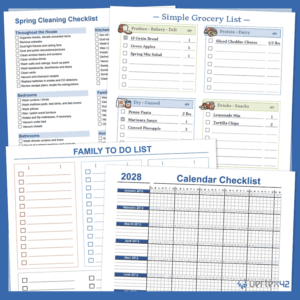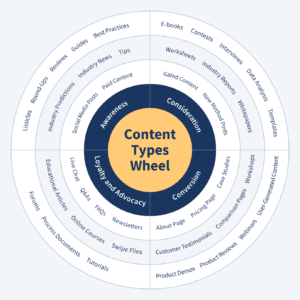Employing these blueprints offers several advantages. They promote standardization across an organization, ensuring uniformity in data collection and management. This consistency streamlines processes, reduces errors, and simplifies reporting. Furthermore, they expedite list creation, saving time and resources by eliminating the need to configure each list from scratch. They also simplify maintenance, as changes to the original model can be propagated to lists derived from it, ensuring ongoing consistency.
difference
Difference Between List Template And Content Type
Leveraging a well-designed list template significantly reduces the time and effort required to create new lists. It eliminates the need to manually configure each list from scratch, minimizing the risk of errors and inconsistencies. Employing content types ensures that information is organized and managed consistently across the environment. This standardization facilitates searching, filtering, and reporting, enabling users to easily find and work with specific types of content.

